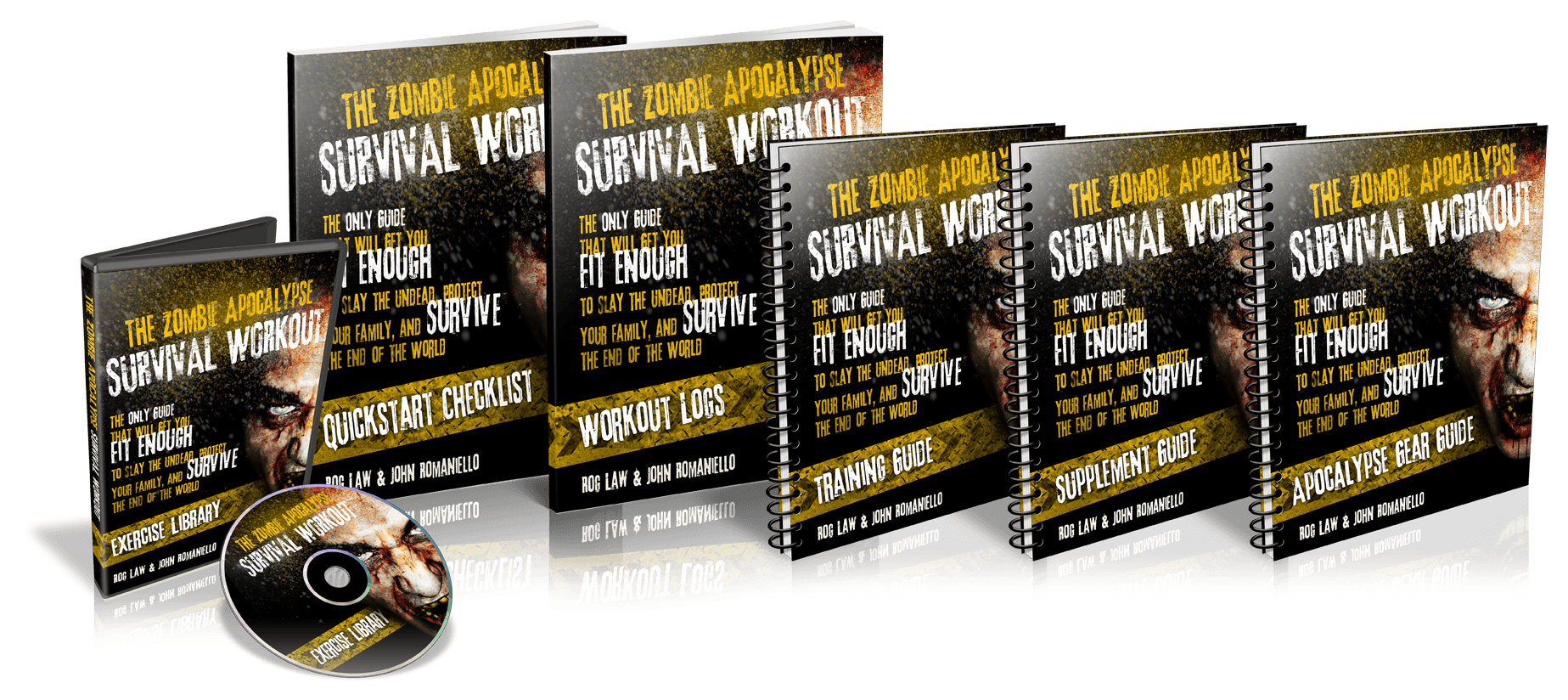Wait a second – my alarm went off this morning. I don’t think I’m dreaming.
*looks out window*
Volcanoes aren’t erupting, the streets aren’t flooded with molten lava, and from what I can tell, everything seems business as usual.
The Mayanpocalypsearmeggedonacaust didn’t happen. We’re all still here!!!!!!
High Five!
But be weary my friends – we’re still not out of the woods yet. The day is still young, and you never know when s*** is going to hit the fan.
If things do get real, and you’re forced to fight for your life, whether it be killing a grizzly bear with your nunchucks for your next meal, protecting your family from evil doers, or I don’t know, something less “doom and gloom” like clicking “next” whenever your Pandora station plays a Coldplay song……are you prepared?
Are you in enough ass-kicking shape to do what you need to do to get s*** done? Can you – WILL YOU – survive if you had to go all Snake Plissken on people’s asses?
Well just in case, earlier this week my boy, John Romaniello, released his latest training program:
Zombie Apocalypse Survival Workout
I know some reading are going to dismiss this product due to the “less than serious” premise. To that I say:
1. Relax! Don’t take yourself so seriously.
AND
2. There’s actually a legitimate rationale behind it.
John, along with every other well-known fitness professional I know, routinely gets questions asking his opinion on CrossFit (myself included).
It’s a touchy topic to say the least, and something that has caused a rift between strength coaches, personal trainers, and fitness enthusiasts alike.
On one end of the spectrum you have those who swear by it, and literally eat, drink, breath, and LIVE by CrossFit.
On the other, you have those who loathe it, think it’s a fad, and that it’s hopefully going away. Like, soon.

Well, it’s not going away. And while I’ll be the first to admit that I too have my qualms with CrossFit, I also understand that it’s getting people excited to exercise, and there’s a lot to be said for that. How can I possibly poo-poo on that?
Like John I feel the idea of CrossFit is sound – it’s just that its execution is flawed.
To his credit John has been attending at least one CrossFit class a week for the past few months to try to get a better understanding and feel for what the culture is like.
And, not surprisingly, he’s mentioned several times that there are great coaches and absolutely terrible coaches.
The great coaches – and by extension, the most successful CF boxes – understand that it comes down to sound programming. They take the time to properly coach their clients and use appropriate exercise progressions (and more importantly, regressions) to “guide” them through.
By contrast, the terrible coaches – and unfortunately this seems to be the rule rather than the exception – focus solely on the workouts. How can we completely obliterate our athletes/clients and make them hate life? How can we – fingers crossed! – make them cough up their spleen?
The latter is what I 100% disagree with, and what I feel gives CrossFit its bad rap.
So what did Roman do? He started taking CrossFit classes to see if he could fix it.
To quote the man himself:
“I thought to myself, “what if you took the idea of CrossFit–the idea of non-
specification,the idea of having a high level of general proficiency across the
board, and applied intelligent programming–with a classic Roman twist–to
that idea…what would you get?”
It’s a good question, and one worth exploring. So that’s what I did.
What I wound up with was the Zombie Apocalypse Survival Workout.
Because really, when you strip away the fun and silliness, that’s what ZAW
really is: my take on CrossFit. It’s CrossFit, Roman style, with all of the issues
with programming fixed.”
Fittingly, today is the last day of the sale, so if you’re interested you better hurry. The walking dead could be right around the corner……;o)
6 Coaches Weigh in on Pull-Ups – 6 Coaches, Duh!
Along with Bret Contreras, Ben Bruno, Dean Somerset, Tim Henriques, and Dan Trink, I was asked to contribute to this awesome pull-up article that was put up on T-Nation yesterday.
If we were a boy band, we’d totally be the most diesel boy band ever.
I’d be the shy one.
Warm-Up – Mike Robertson
The title says it all.
I wrote a blog post a while back titled The Perfect Warm-Up? It was nothing revolutionary, but it cemented my thoughts on what I felt the purpose of a proper warm-up is, and then I offered a different spin on it.
Well, in THIS article – which should be titled The FOR REAL Perfect Warm-Up – Mike breaks everything down from what the warm-up should accomplish for each segment of the body to providing videos of all of his favorite drills. This is a MUST read.



